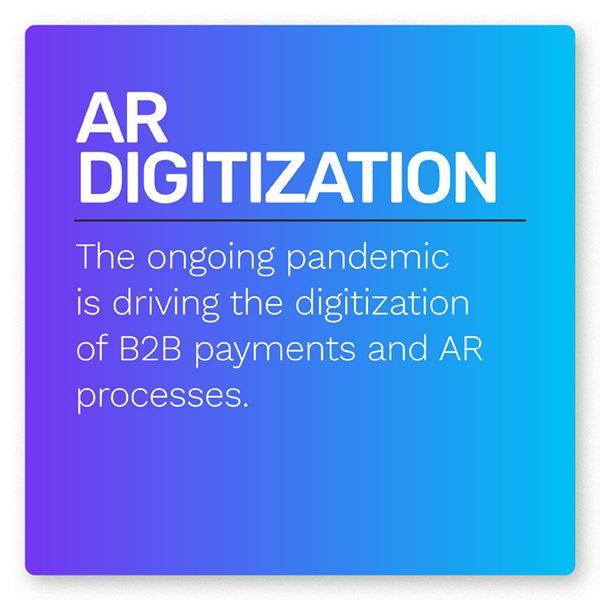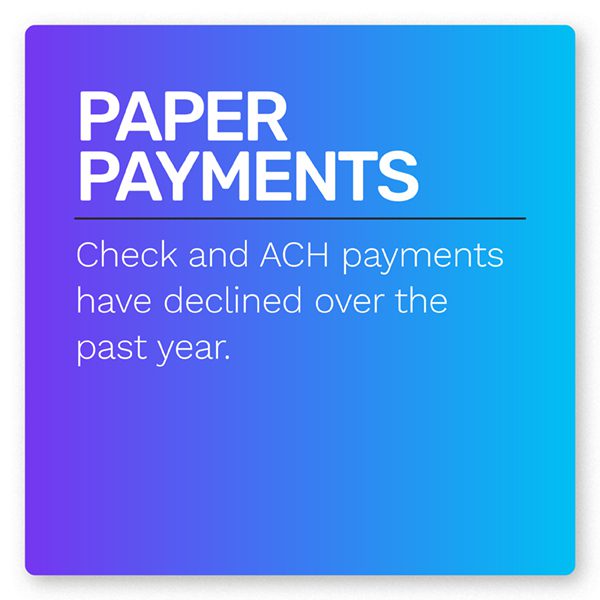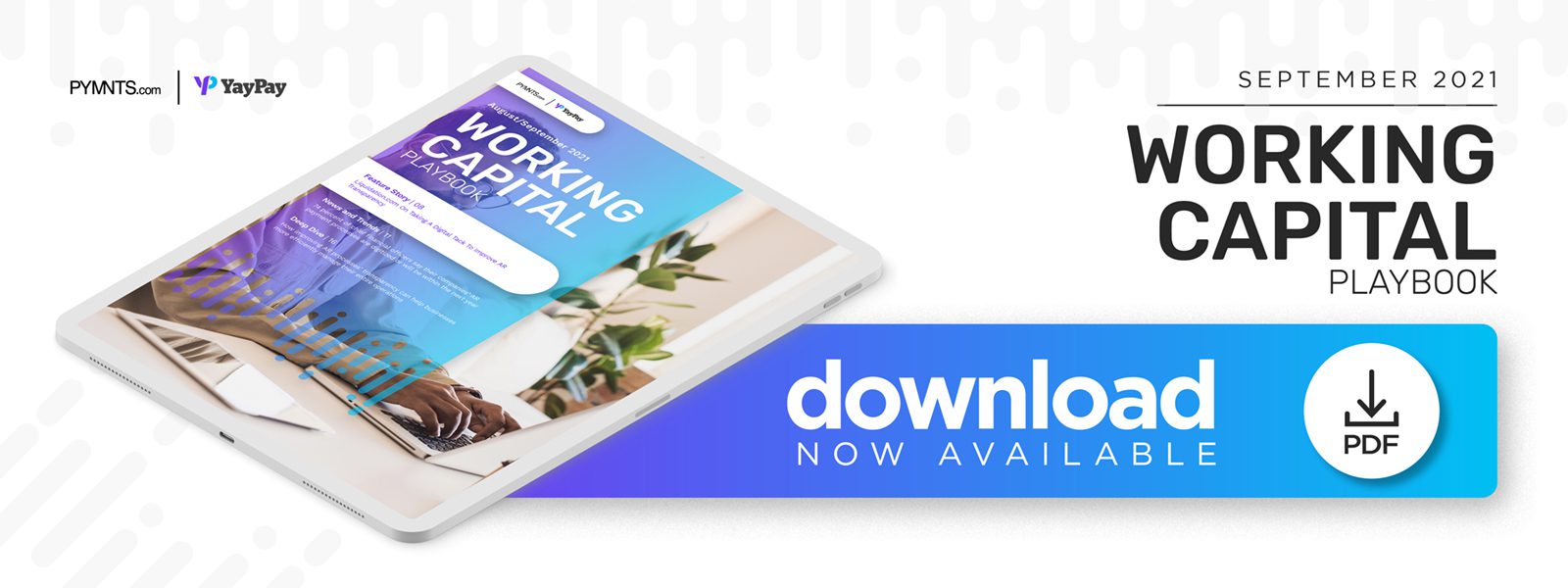Liquidation.com AR Transparency Is Key to Curbing Cash Flow Issues

Accounts receivable (AR) processes are a cornerstone of any business, but organizations often confront a wide variety of AR-related challenges regardless of their ubiquity.
More than 90% of businesses receive late payments from their customers, for example, with the average 27-day payment term typically taking 34 days to fulfill. A number of factors contribute to these challenges, but one of the most common is a lack of AR transparency. AR teams that lack the ability to peer into their systems’ inner workings cannot determine the root causes of AR delays and missed payments, and these issues can become compounded if they are not addressed. 
Businesses can institute many programs to reduce their AR opacity and encourage more transparent accounting procedures. Creating clear metrics for AR performance, and communicating these metrics effectively to AR staff, is particularly important in establishing areas of improvement. Only when this transparency is achieved can businesses leverage the full power of AR digitization.
In the September Working Capital Playbook®, PYMNTS explores the latest in the world of AR, including the challenges that AR teams face in the transparency of their accounting procedures, the cash flow issues that stem from said obstacles, and the technologies and methods businesses are leveraging to reduce the opacity of their accounting.
Developments From Around the World of Accounts Receivable
The ongoing pandemic is one of the biggest drivers for AR and B2B payments digitization, according to a study. The portion of organizations that make more than 90% of the B2B payments digitally rose by 12 percentage points in 2020, with digital now accounting for one-quarter of all B2B payments volume. The share of digital-first B2B payments users is expected to grow over the next two years, but traditional payment methods like checks and wire transfers still remain the top choice for most companies.
 Many companies that currently use traditional payment methods are moving fast to digitize their operations, however. A PYMNTS study found that 74% of chief financial officers said their companies’ AR payment processes are currently digitized or would be within the next year. Another 74% said their collections processes were already digitized or would be within the year, and 72% said the same about customer and vendor invoice digitization. Ninety-five percent of respondents said their reason for doing so was to benefit their customers and vendors, while 64% said they were doing so to automate manual processes, and 37% pointed to accelerating transaction processing.
Many companies that currently use traditional payment methods are moving fast to digitize their operations, however. A PYMNTS study found that 74% of chief financial officers said their companies’ AR payment processes are currently digitized or would be within the next year. Another 74% said their collections processes were already digitized or would be within the year, and 72% said the same about customer and vendor invoice digitization. Ninety-five percent of respondents said their reason for doing so was to benefit their customers and vendors, while 64% said they were doing so to automate manual processes, and 37% pointed to accelerating transaction processing.
The growing trend of AR augmentation and automation is fueling massive industry growth. The AR automation industry is set to reach $4 billion in value by 2025 and is projected to save businesses globally up to $2 trillion annually as human delays and errors are gradually eliminated. This digitization is part of a larger digital trend in many fields, with online sales, for example, set to double by 2023 and account for as much as one-quarter of the retail sector.
Liquidation.com on How AR Transparency Can Reduce Accounting Errors and Delays
Errors and delays in businesses’ AR procedures can result in devastating cash flow issues, often the result of opaque AR processes that can obfuscate errors.
In this month’s Feature Story, PYMNTS spoke with Jeff Rechtzigel, vice president and general manager for Retail Division at Liquidation.com, about how digital payments and detailed customer invoices can help improve AR transparency and solve cash flow challenges.
Deep Dive: How Improving Transparency in AR Processes Can Increase Businesses’ Overall Efficiency
Opaque accounting procedures are continuing concerns among AR departments, complicating businesses’ abilities to pinpoint errors and prevent late payments. Many organizations are working to improve and digitize their AR systems, but instituting more transparent processes must be a top priority.
This month’s Deep Dive explores how businesses can improve their AR transparency by establishing clear metrics and allowing customers to view their payment statuses using online portals.
About the Tracker
The Working Capital Playbook®, done in collaboration with YayPay, is your go-to monthly resource for updates on trends and changes in accounts receivable.

